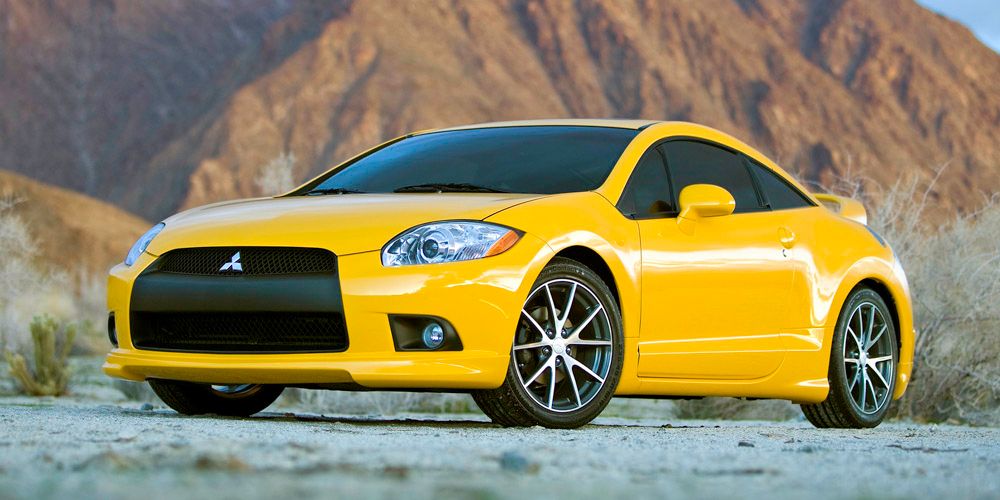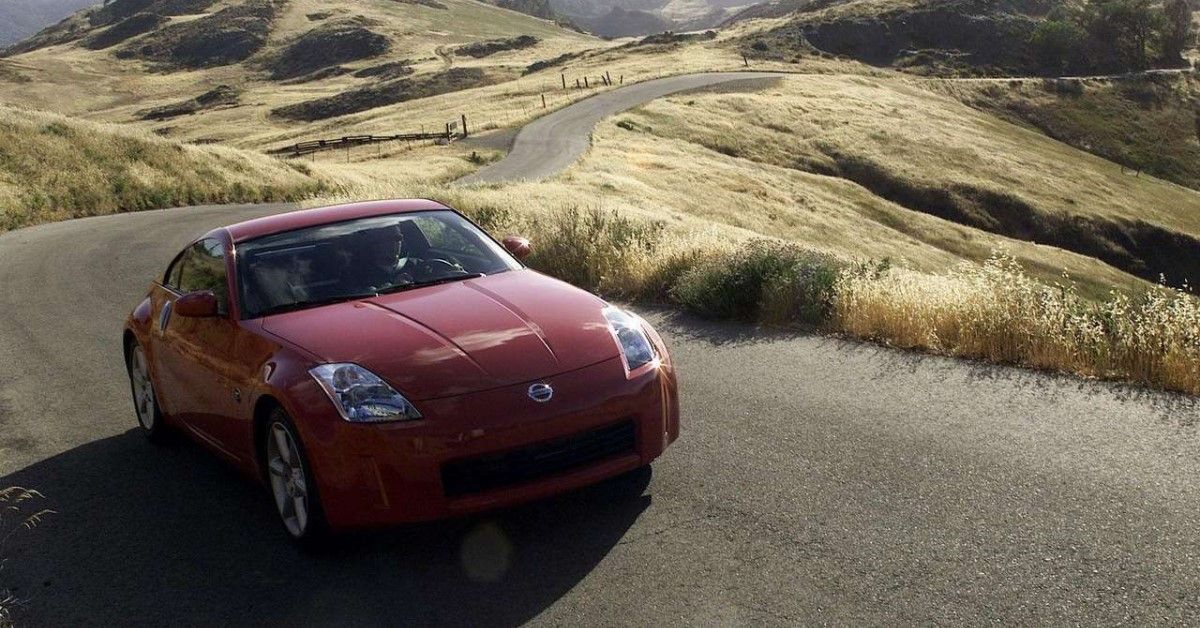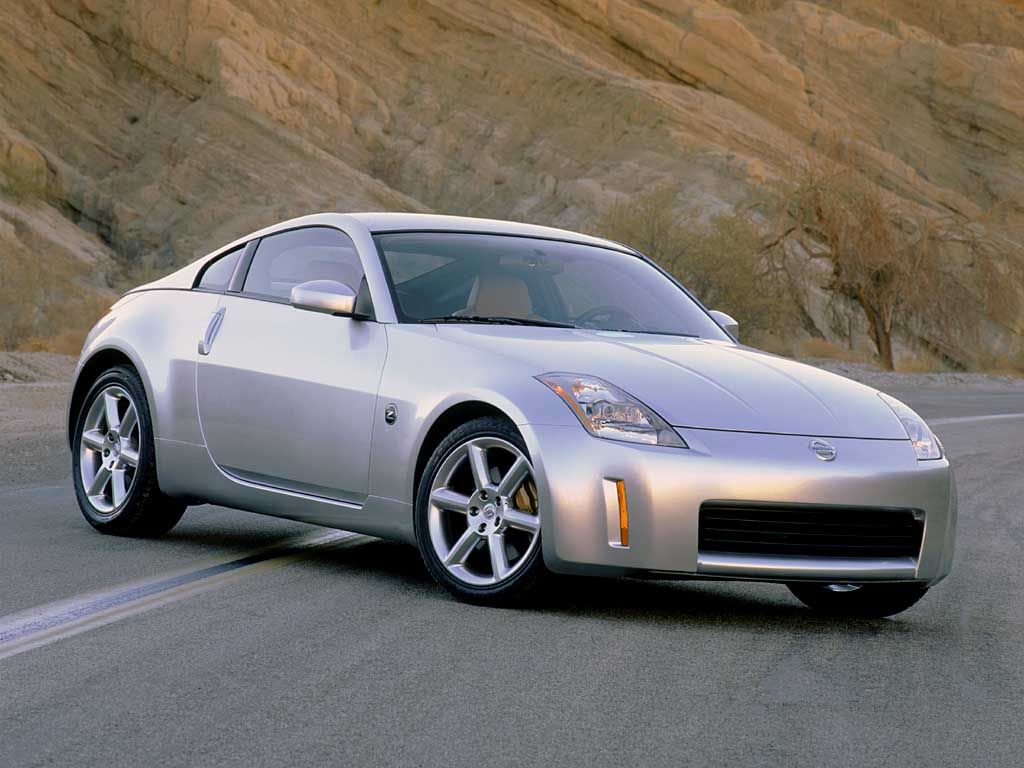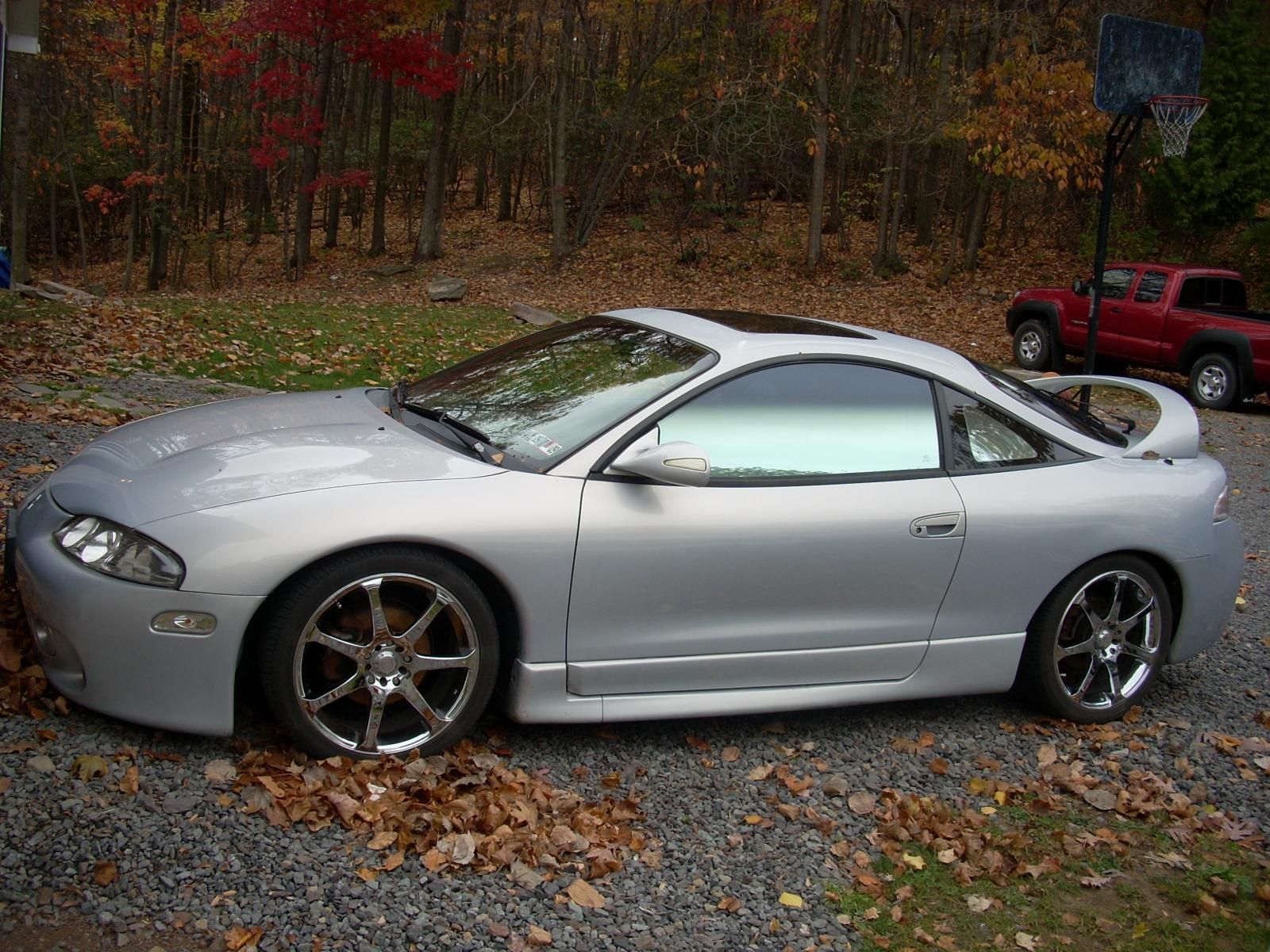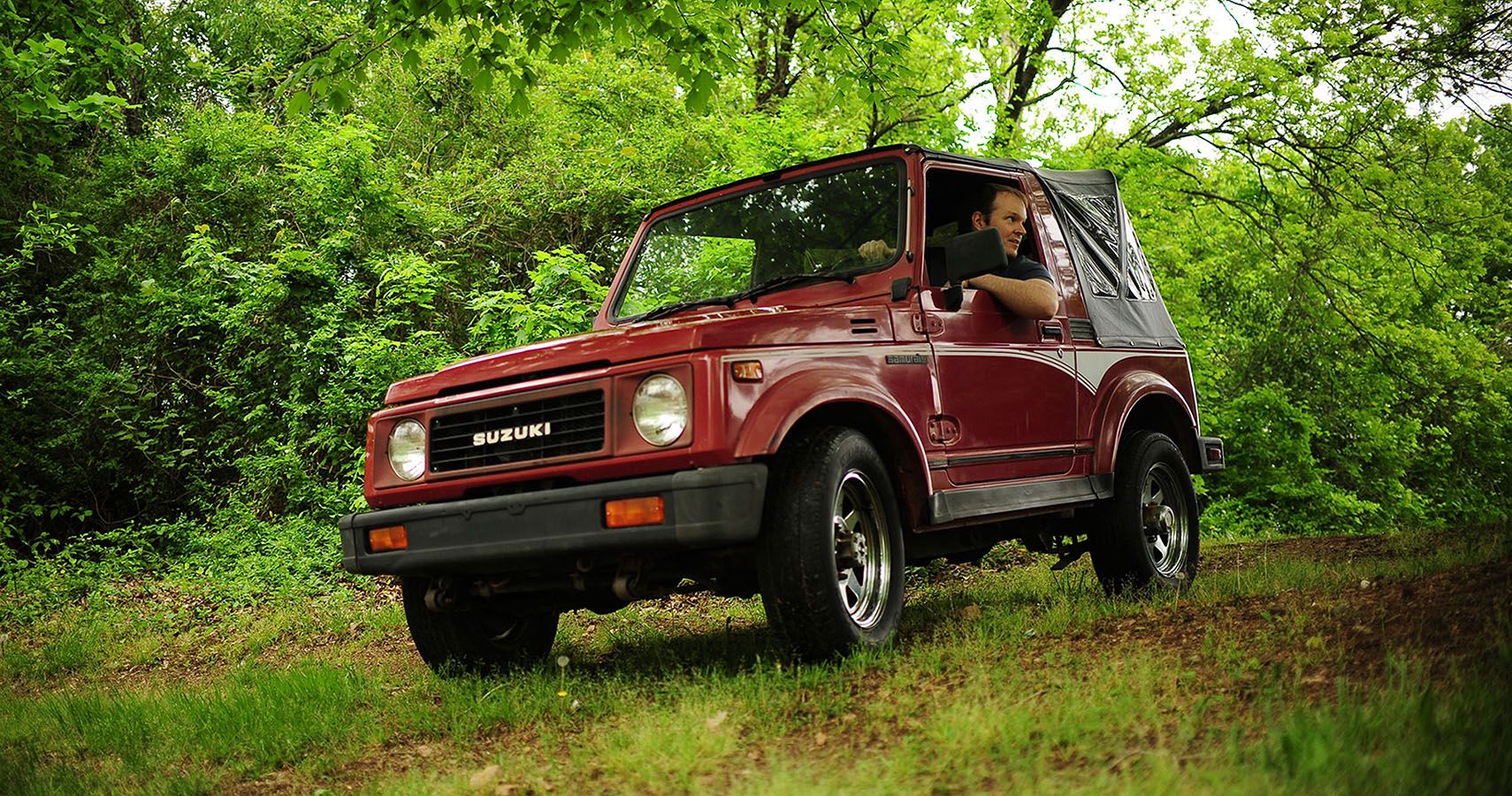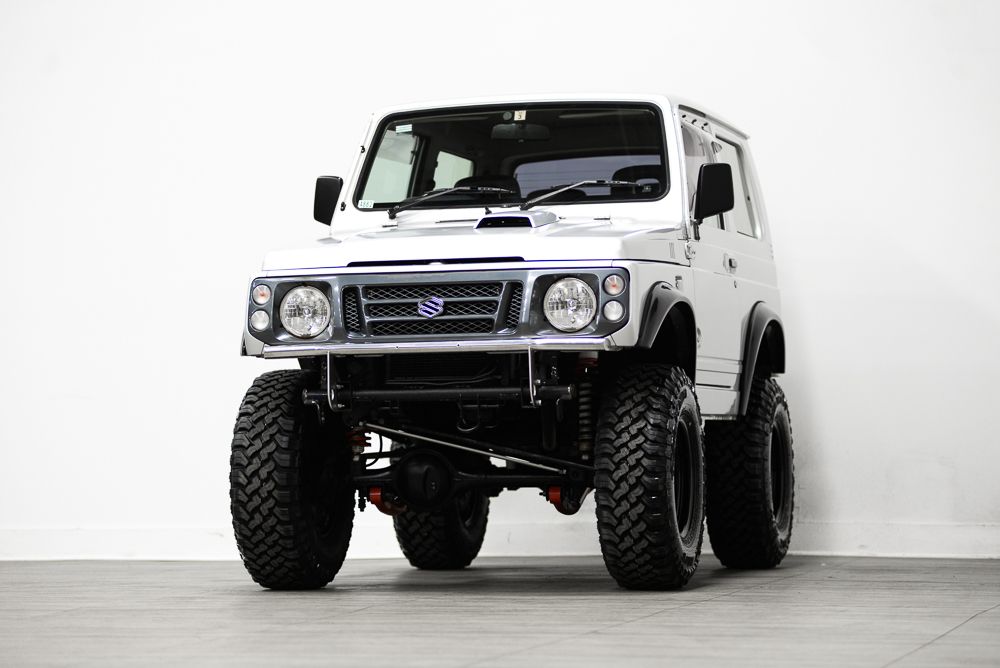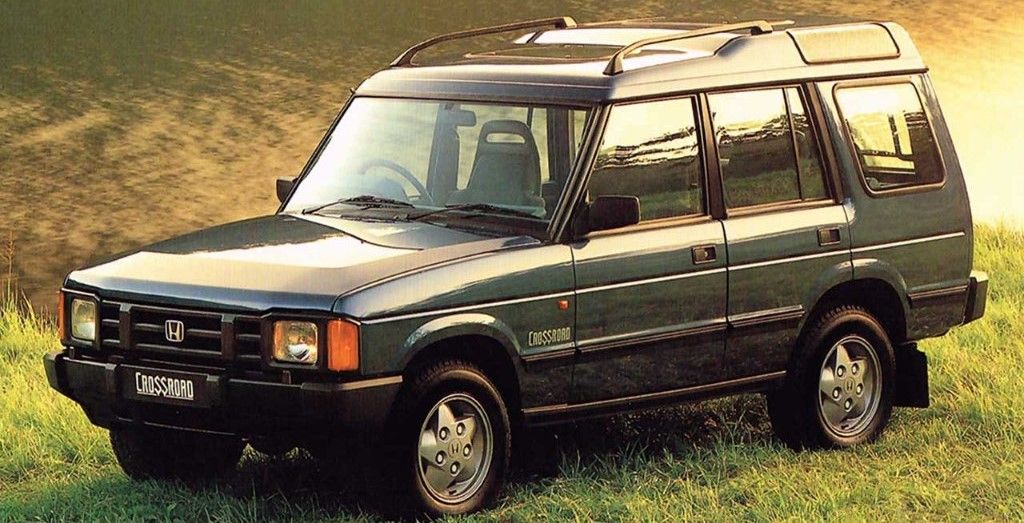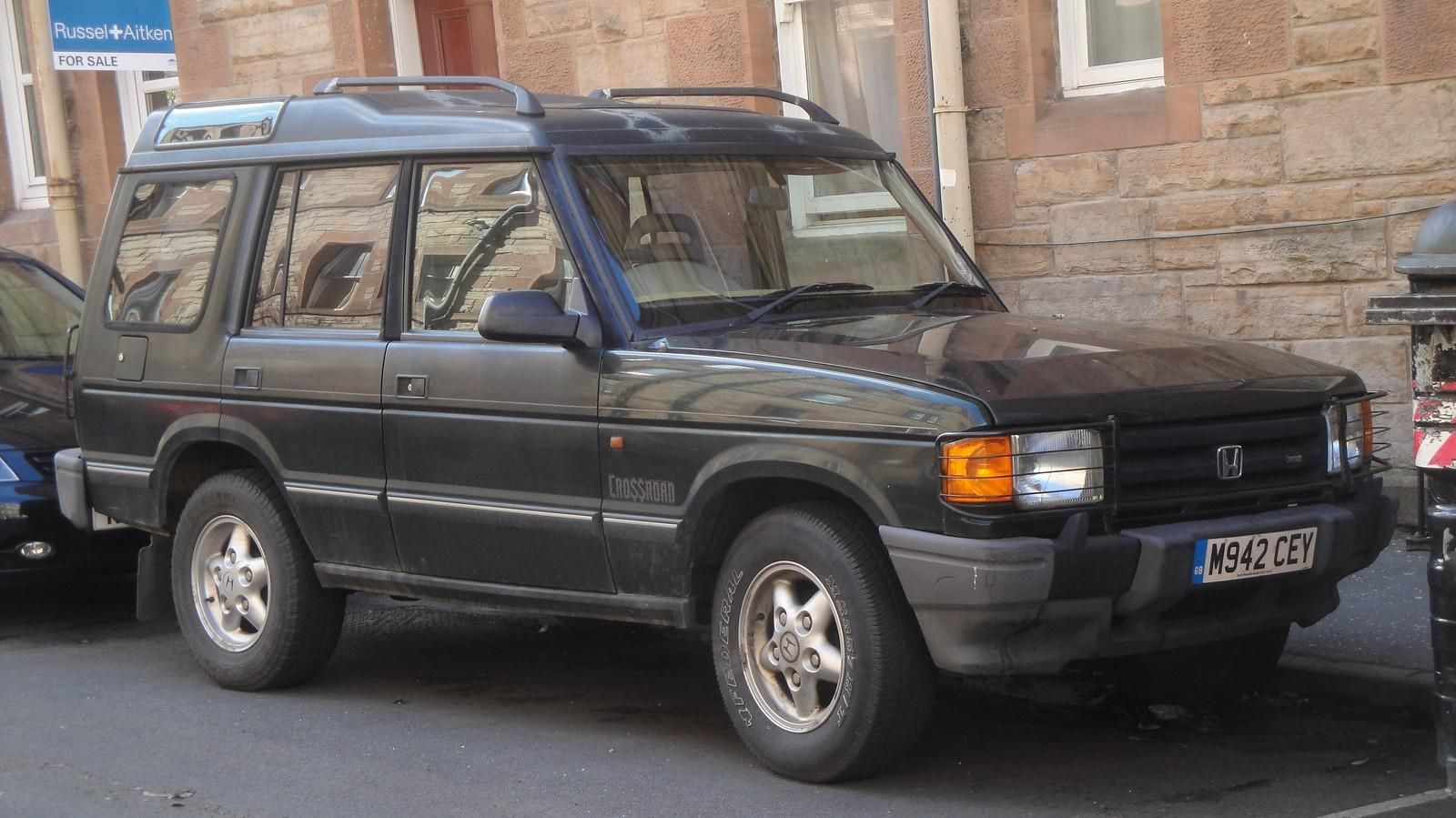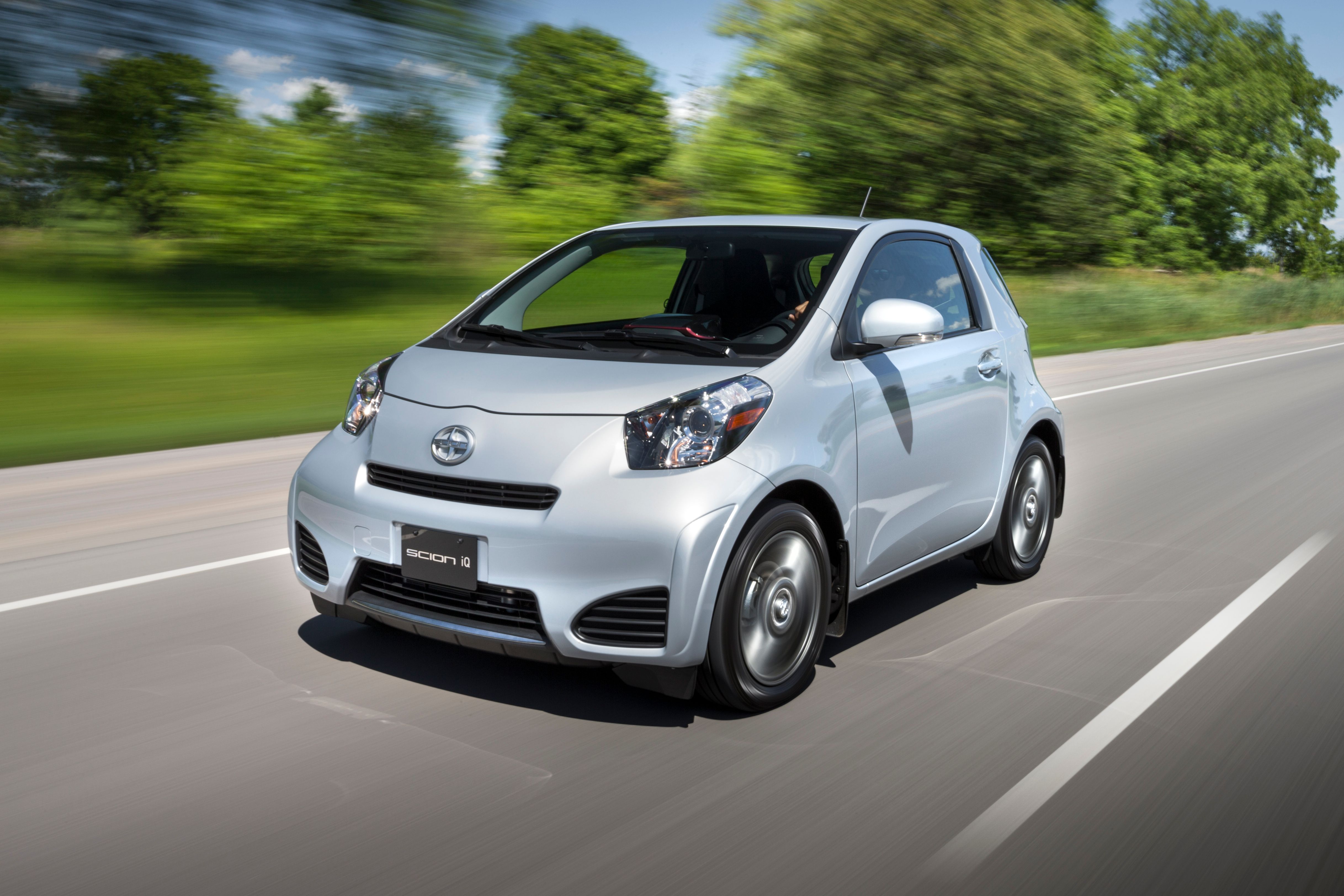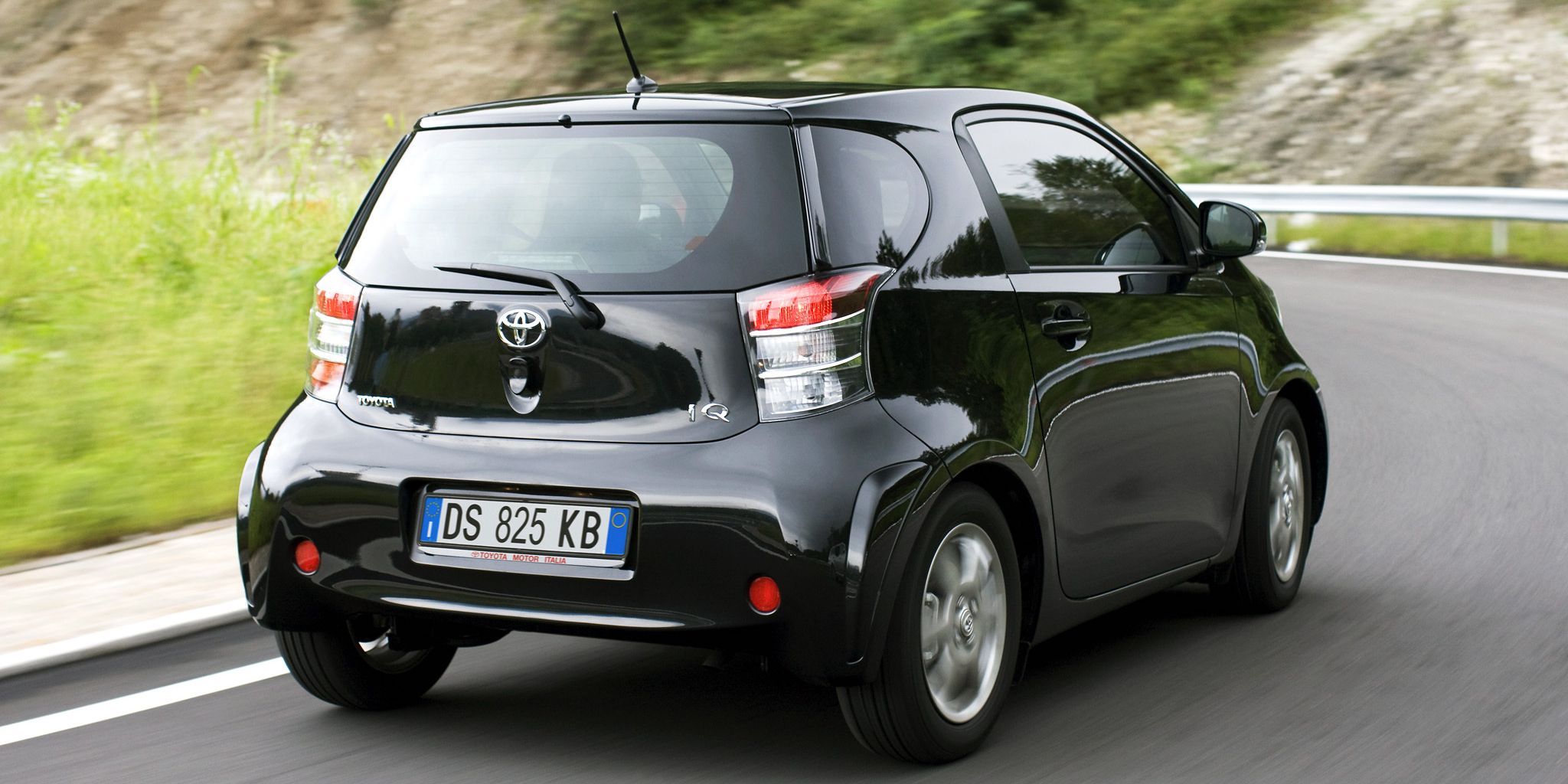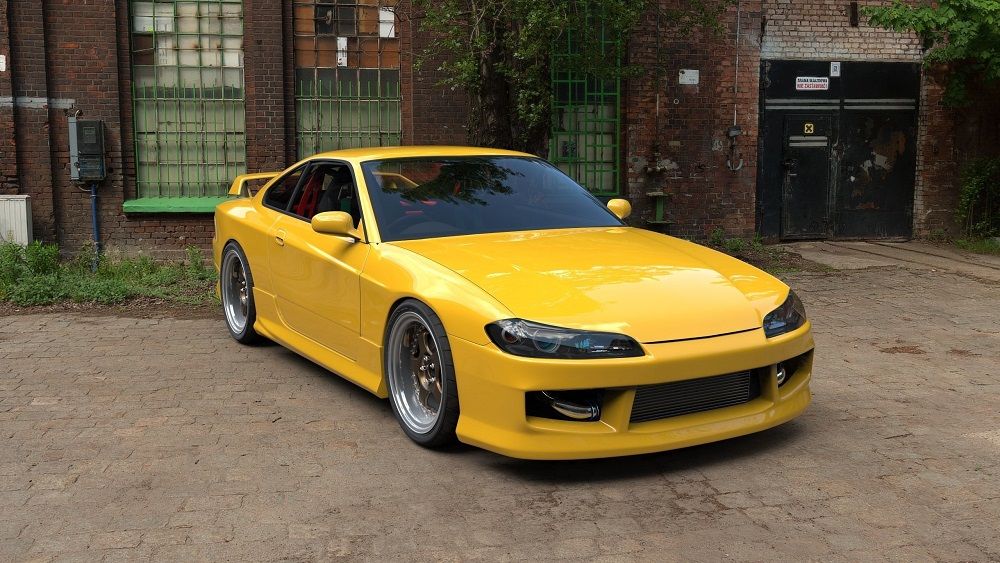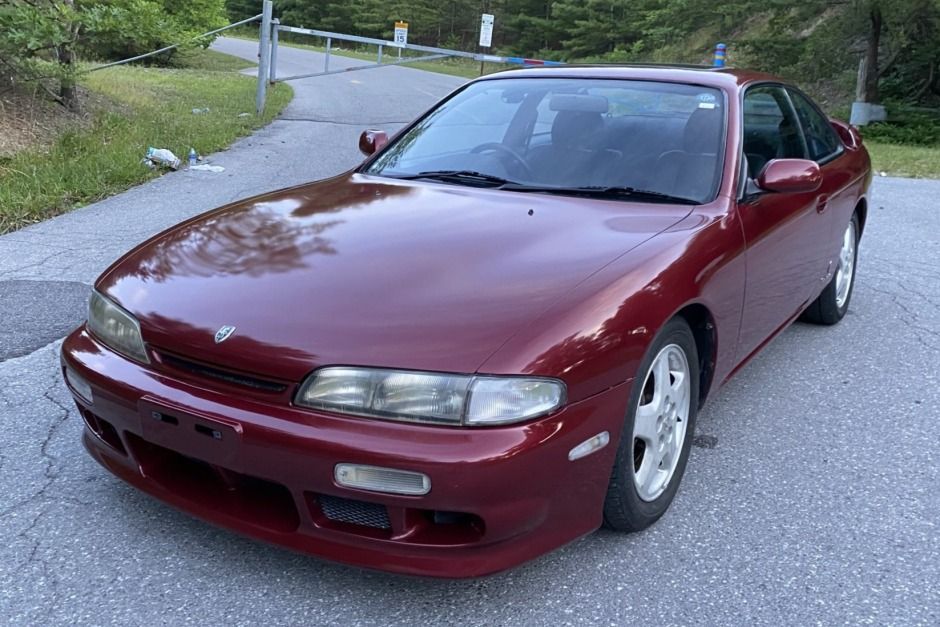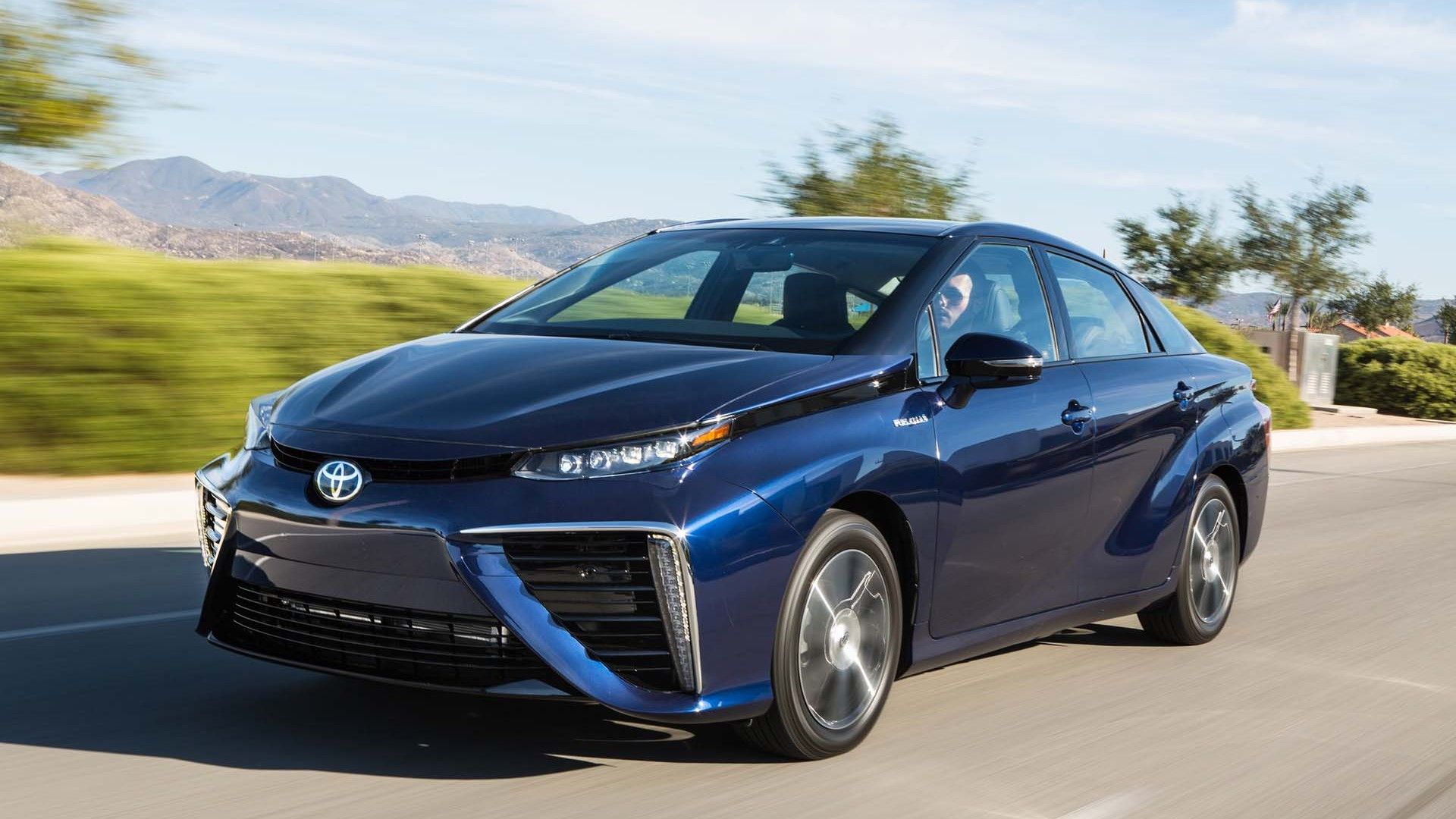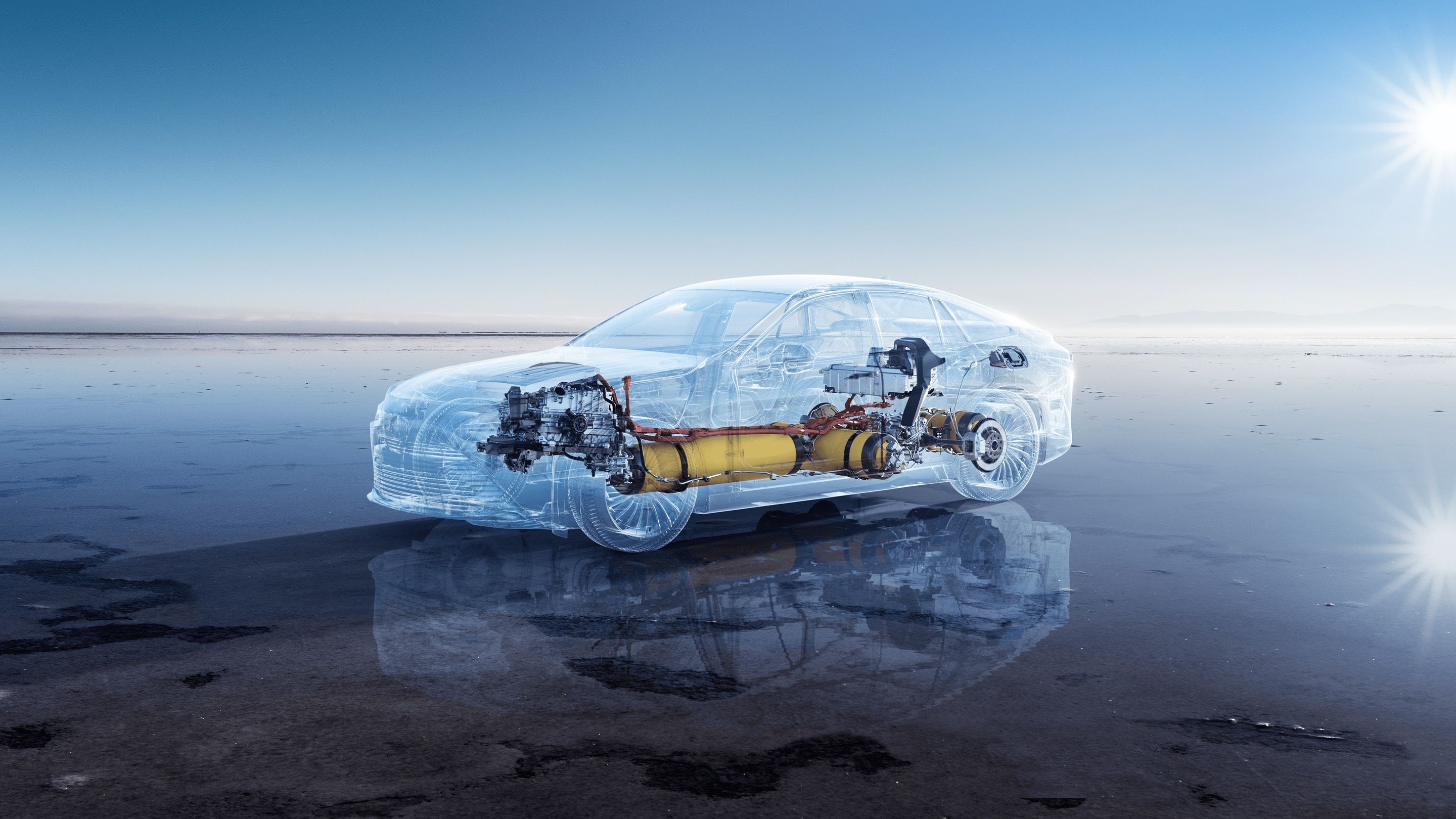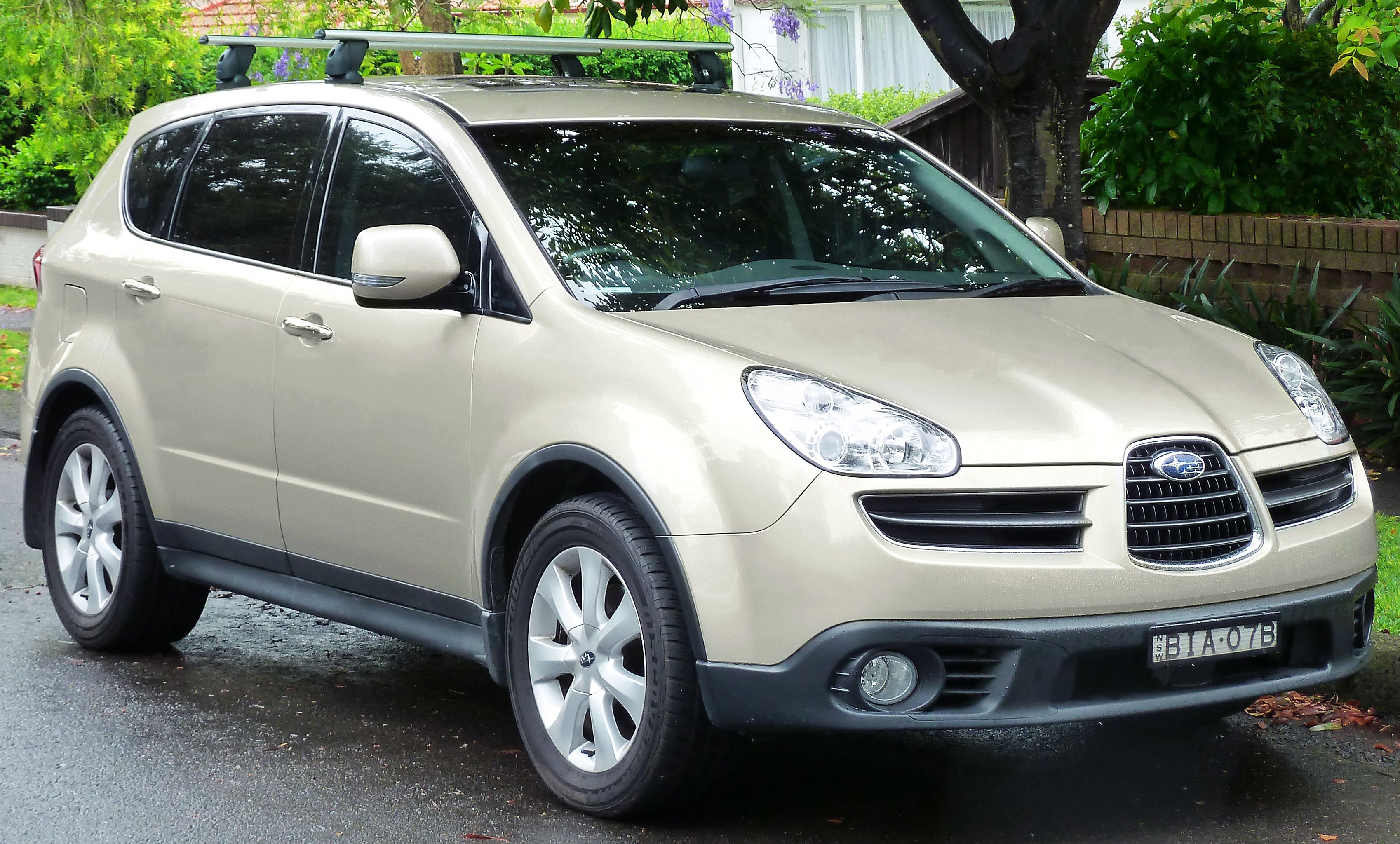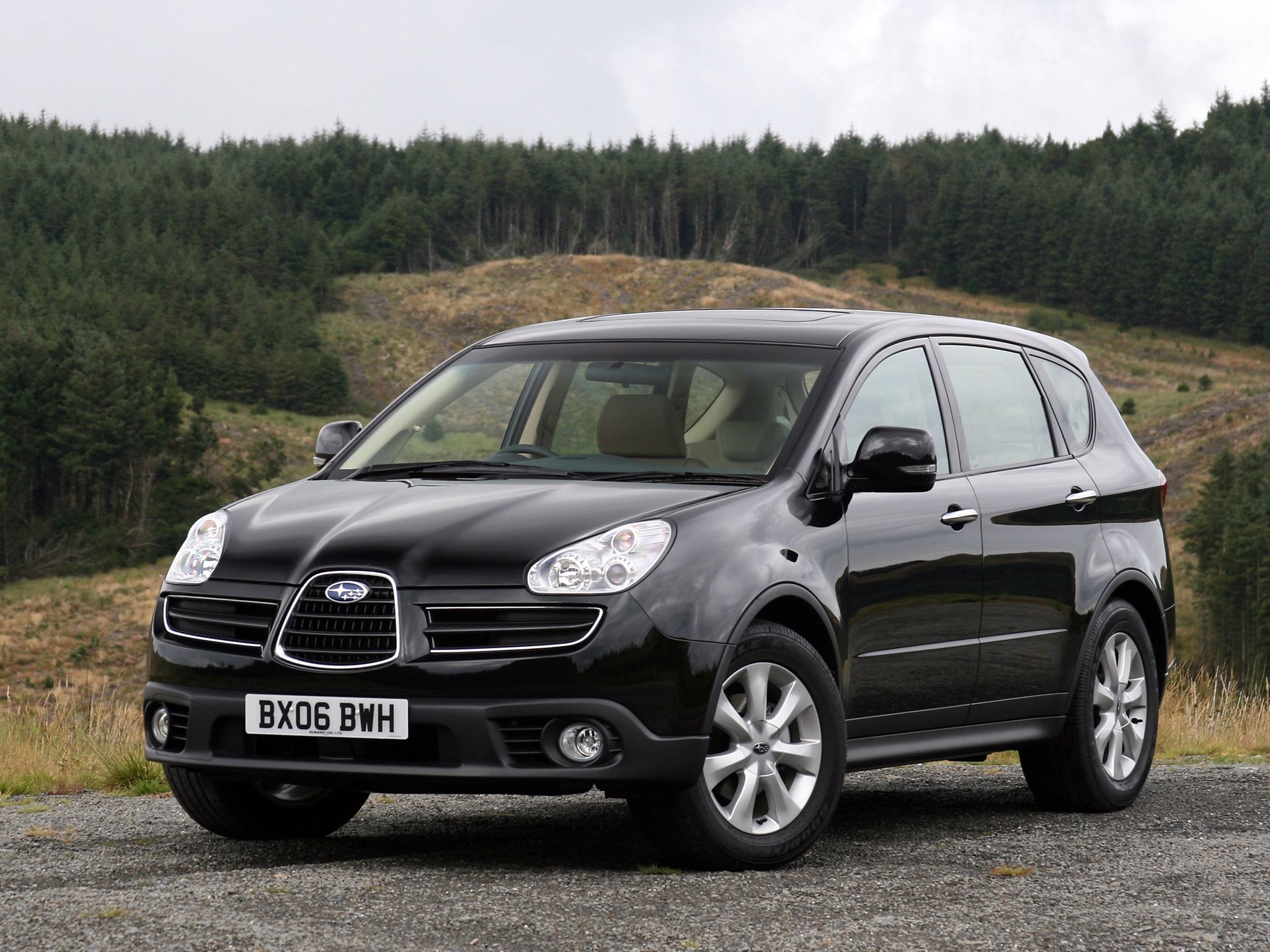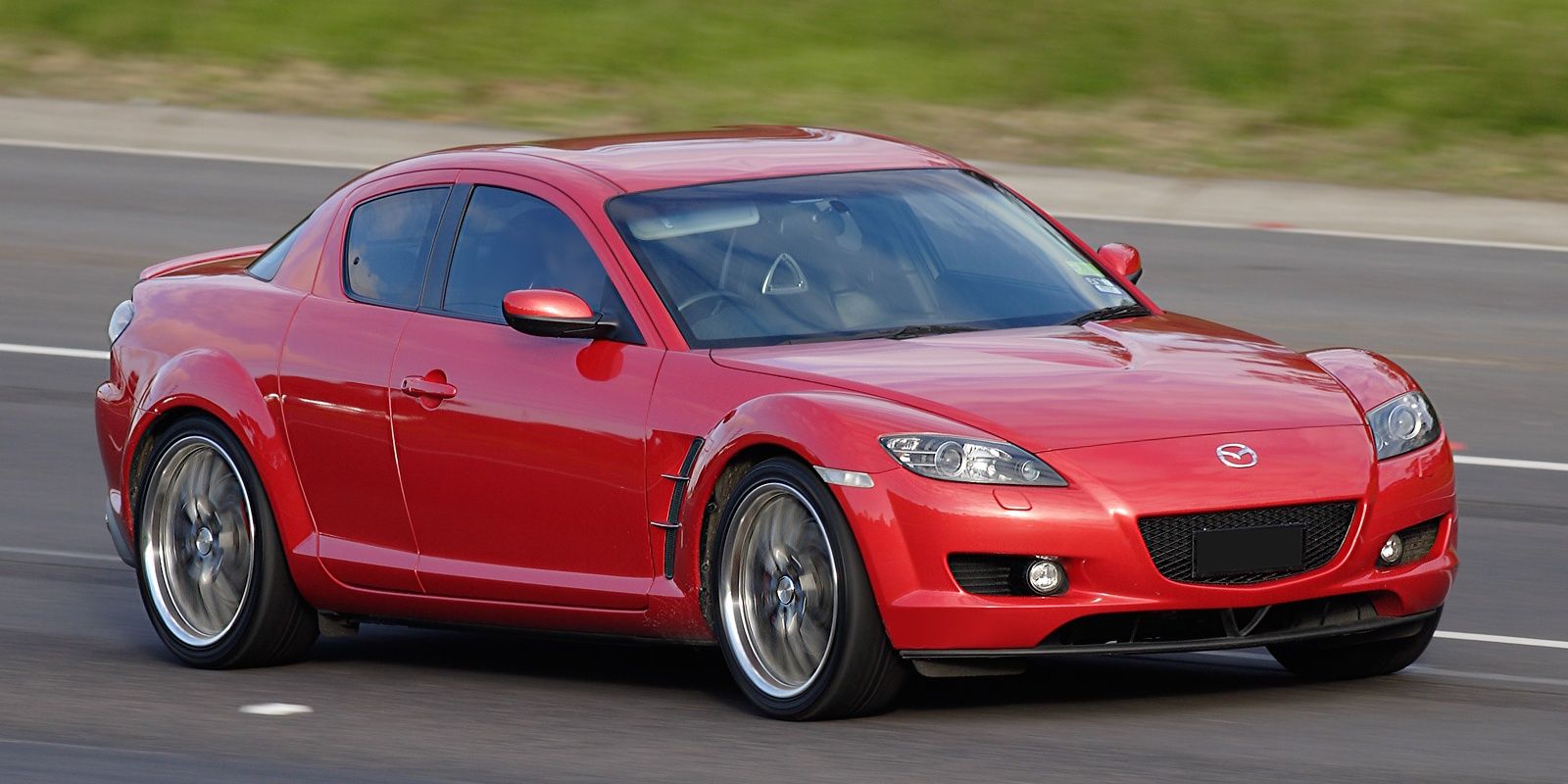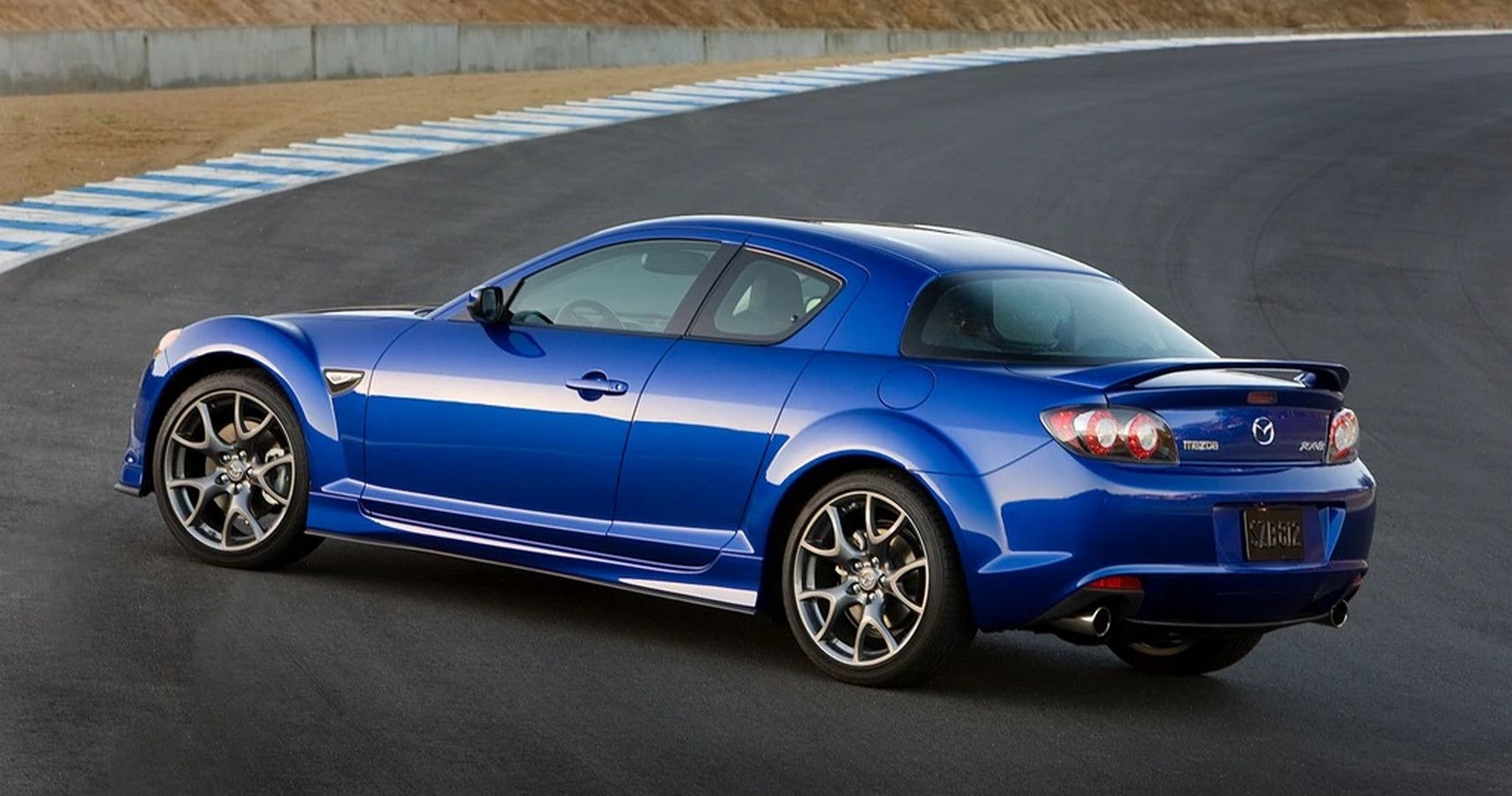Some Japanese cars have a reputation for being the most reliable, and Toyota and Honda frequently win awards for their high mileage and low failure rates, but despite being home to the best value-retaining cars in the world, there are also some real duds. Some Japanese cars have been hyped up by a rising JDM (Japanese Domestic Market) interest thanks to the generation raised on Initial D and Fast and Furious now being capable of importing and modifying cars. While many of those are still legends worth every penny like a Toyota Supra, Subaru 22B STI, or Nissan R-34 GT-R, some have major issues and still get too much attention.
There are also very many that just suck. Not all Japanese companies can really claim to be more reliable, and one or two on this list are famous for riding coattails instead of practicing "Kai-Zen," the Japanese business philosophy of constant improvement (ah-hem! Mistubishi). So, because of lazy engineering, dangerous issues, or just ugly designs, these are the 9 Japanese cars we would never, ever buy used.
9 Nissan 350Z
One of the tuner’s first choices in a high-horsepower race car is a Nissan 350Z. Why? Because they are ridiculously cheap! To most grown adults this is a red flag, but a lot of greenies tend to overlook it in favor of the rush of having a V6 Japanese sports car; a rush that sadly, is short-lived.
Nissan as a company has had its head shoved in the dirt, what with the CEO getting arrested, several CEO’s stepping down, and having generally crappy car designs for the past 10 years. Primarily these Z's have a massive issue with crankshaft and camshafts needing to be recalled, but not before doing its damage on the rest of the engine. If you own one yourself, we're not sorry. You know what we mean. The Z is made to cut costs, not to work well.
8 Mitsubishi Eclipse
The Eclipse has been made fun of for a lot of things, like trying to look like a Supra and having actual drum brakes years after they should even exist on a car of its type. Most of the Eclipses, even the sporty-looking ones, are front-wheel drive. Strangely, there is the occasional speedy GTO (perhaps named after the Ferrari?), but they were all the more prone to annoyingly avoidable issues. To even survive their generally poor builds, Mitsubishi has often piggybacked off Ford and Dodge in cars like the Ford Ranger/ Mitsubishi Raider, and the great Eagle Talon.
Besides unusable features like easily broken plastic handles and a sunroof that might open successfully just once, the transmissions were the crowning underachievement, most not making it to the 100,000-mile mark. There's nothing to say that the new Eclipse is any different at all... except that it's now an SUV. Any respect remaining for the Eclipse went out the door in 2017 with the press release of the "Eclipse Cross," and the nail in the coffin was that it doesn't hold a candle to any modern SUVs. Many reports of the original Eclipse are as simple as just a crappy stick-shift experience to feedback in the brake pedals from cheaply-housed disk brakes (maybe they should've stuck with drums).
7 Suzuki Samurai
Suzuki gets some marks for making...mmm...kind of reliable off-roaders for how small and unique these little guys are, but even though the aftermarket fetches a decent price, that price is based solely on rarity. The Suzuki Samurai is a legend… for being unsafe. Frankly, we should've seen it coming when Suzuki released the Jimny to be an off-roading compact Kei car.
The now-debunked Hope Motor Company used parts from Mitsubishi to create this tippable, tiny, cheap machine. Tippable being the most poignant part. After a major lawsuit and 200 smaller ones involving 213 accidents and 8,200 injuries Suzuki finally admitted that yes, there is a rollover problem. They then sold the Samurai only to India and Japan and still produce the right-hand-drive models today, rollover no longer being an issue. Frankly, it is a cute car if you have a ton of time or maybe a whole different body to put underneath it.
6 Honda Crossroad
If you looked at that and said, “that looks a lot like a Land Rover,” you’d be right! Land Rover allowed Honda to rebadge its car with zero modifications - no new engine, components, or even tires - and Honda did so only because they were desperate.
The Land Rover had success as being a luxury off-road SUV that did quite well for people who didn’t mind repairing it 1/3rd of the time. Honda was grasping to get into the SUV market and saw the success, perhaps through rose-tinted glasses, and hopped on board. Today it’s since been replaced with the CR-V and/or Pilot (depending on the country), but not before needing to recall 4,754 Crossroads because the driver door would swing open mid-ride.
5 Scion iQ
The Scion iQ (by Toyota) was a marketing flop as well as a worthless vehicle. Toyota did make it, but it fell short in size, power, and affordability to its competition. The compact Smart Car competitor was rushed to market, and quickly became one of Toyota’s biggest failures, covering just 0.1% of all Toyota sales while it lived.
The 1.3-L 4-cylinder engine so far is absolutely not standing up to the test of time, and cheap electronics are starting to tarnish Toyota’s good name. We could certainly berate its looks and cheap wheels but… it was era-appropriate-ish.
4 Nissan Silvia
The Silvia used to be a great entry-level race car in Japan. The rear-wheel-drive coupe pushed the gentleman’s agreement automakers had to cap all their cars at 256 horsepower (getting 250). The cost was a mere $30,000 (converted and inflated), so getting one wasn’t hard. Now, however, the 30-year old cars have been inflated way beyond their true value.
This Silvia (S14) sold for $19,250 on Bring a Trailer after racking up almost 100,000 miles. To fetch near-Supra-level prices is unwarranted, especially since they aren’t standing up to the test of time by any means, and the Nissan “SR” engine has been a flop compared to the durability of modified 2JZ engines. Frankly, this is just a wannabee GT-R and an old-fashioned 350z. Most of the ones you see on the road today will be driving via the power of a Toyota 2JZ or LS1 engine.
3 Toyota Mirai
This car isn’t on here for reliability issues, but because of how it’s fueled. The Mirai is said to run on "water.” While that’s not true, there is water involved. This is Toyota’s attempt at using environmental laws from California to spearhead a new fuel type. How do you think it worked? The "fuel cell" car started in 2014 to rival electric cars. But the zero emissions, the abundance of Hydrogen, and benefits to new Mirai owners weren’t enough to make it stick.
Very, very few places on the globe even offer Hydrogen, a total of 53 even exist in the United States and Canada, because of how difficult it is to store, ship, and distribute. Almost all of the stations are in California. So wouldn’t the Mirai be useful there? No. Even with tax breaks and free fuel for a year, still-produced 2021 Mirais can’t sell for one very important reason: there’s less and less hydrogen available every single year. Current customers have complained but Toyota doesn't seem to care, and still sells the car anyways. Honestly, what did they expect?
2 Subaru Tribeca
The Tribeca was Subaru’s very first third-row SUV if you can even call it that. The third row had two seats that fit two adults perfectly, not including their legs or heads. Subaru’s long-standing head gasket issue was overshadowed by a dangerous airbag system prone to releasing corroded metal with the airbag on detonation.
The 3.0 L boxer engine was the best they could fit it with, and though it could get up to speed in under 7 seconds, the design was misguided. Many people make fun of the pig-nose look, and Subaru fans are once more embarrassed by Subaru copying another company’s look (Alfa Romeo).
1 Mazda RX-8
For a final car, we have to step into hot water. The rotary engine is really impressive in many ways. It's mechanically simpler and thereby slightly more reliable, it weighed less, made more power, revved far higher, and could really handle its turbo. It's nice enough that plenty of competition-grade vehicles still use them.
Despite all this, the rotary seals, the much-abused seals at the tips of the "Dorito," would wear and break frequently enough that either it isn't worth fixing or it caused long-term damage. The last car to have a rotary, the not-so-impressive RX-8, ended in 2011 when Mazda was putting out iffy cars with iffier reliability. To top it off, it had a rounded, flattened, slug-bug-esque look that was really a letdown.

